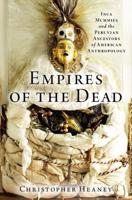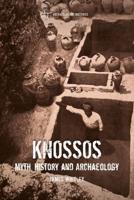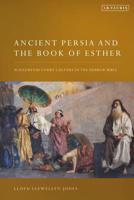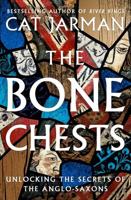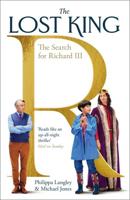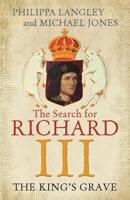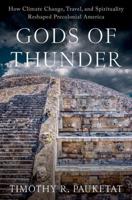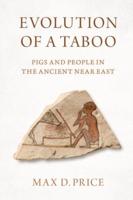Publisher's Synopsis
This book explores the complex relationships between identities, artefacts and human agency during the dynamic period of the later Roman empire. Starting from a critical appraisal of the state of Roman studies in relation to archaeology as a discipline, the author sets out to develop a theory of identity which is attentive to the temporal, material and social dimensions of human life. This approach, which emphasizes the role of practice in the shaping of identities, is sufficiently open-ended to be of relevance in many contexts. Here, though, the author pursues its elaboration in a particular study of life in Britain through the fourth and early fifth centuries AD, against the backdrop of changes in the wider Roman empire. This highlights the range of contextual data that archaeologists have to exploit in order to tell more sophisticated stories about the past. A broad spectrum of archaeological information is presented in the analysis of patterns at different scales, forming a picture of Roman Britain which is very different to traditional, text-led histories. Prominent in this picture is the community of the soldiers, and changes in the construction of military identity are a particular focus of the book. By exploring the relationships between this identity and others such as gender, status and ethnicity, the author highlights the different experiences that people across Britain had in the later Roman period, and offers a fresh perspective on the transition to the early Middle Ages.

